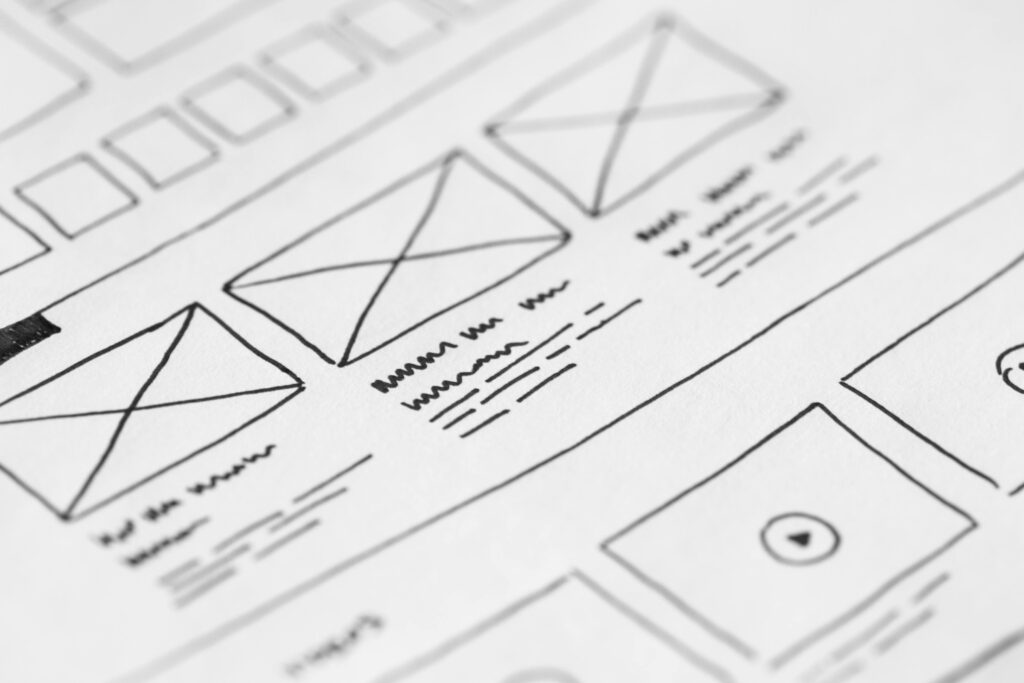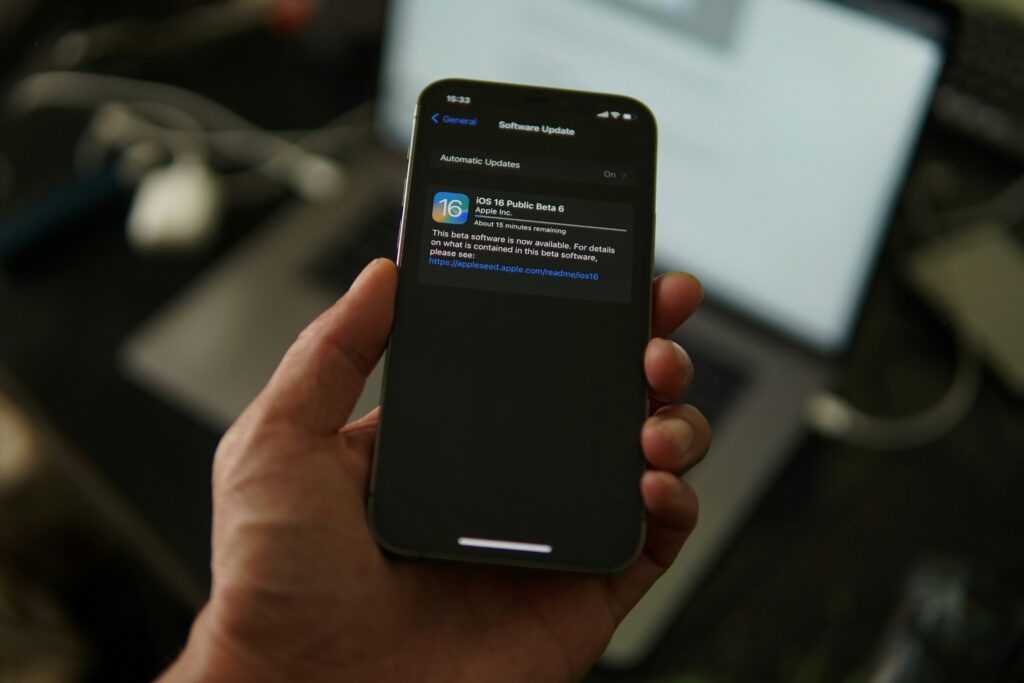Do you have an idea for an application that could improve the way you work? Should you develop it yourself, or use an existing one? While the latter option is tempting thanks to its lower costs, let us explain the difference between the two so you can make a well-informed decision.
We’ve already heard you say that a custom-made application is too expensive, but is this really the case? Monetarily speaking, yes, but what about over time?
Custom application development
Customization and unique design
The development of your application allows for more than complete customization. It will be developed to meet your needs, not those of others. This means custom features and unique requirements that require more time and resources for development.
When you develop an application from scratch, you have the opportunity to create a customized interface, both for yourself and for the user. This requires extensive design work to ensure that the application meets your expectations.
Integration
If your application needs to be integrated with other platforms already in place in your company, this can increase the complexity of development, and therefore costs. Don’t forget operating systems (Ios, Android…); these can also generate costs, as each system has its own requirements.
Maintenance and user rights
Once your application has been developed, bug fixes and security updates are more than necessary. The developer must provide you with ongoing support. These costs can contribute significantly to the total cost of ownership over the long term.
A bespoke application is generally scalable, meaning that it can evolve with your business needs. This generally implies the implementation of a robust and flexible architecture.
The difference between an application you’ve already created and one you’ve had developed is that, with an application you’ve already created, you may be subject to licensing fees or even usage costs. Conversely, an application developed for you often gives you total control with no licensing restrictions. You also have total control over the application’s intellectual property, since you own the source code. In other words, you have the right to modify, distribute and use the application as you see fit (subject to any licensing agreements you may have with the developer(s)).
Application already developed
When you buy an existing application, you usually get a license to use it, but this doesn’t necessarily mean that you own the application; the intellectual property of the application usually remains with the developer or the company that created it. The user license only gives you the right to use the application according to the terms defined in the license agreement. The latter may impose restrictions on how you can use the application, such as the number of authorized users, the duration of use, and it may also contain clauses on modifying the source code. If the application is sold with the source code, you’ll have more flexibility to make modifications and evolve the application as you see fit.
However, in many cases, existing applications are sold as compiled versions, which means you won’t have access to the code. Licenses can also limit the way you use the application and the modifications that are accepted. Some contracts may prohibit or at least restrict modification of the application.
If you can’t make your own modifications, you’ll be dependent on updates provided by the developer or company who created the application. If these updates don’t meet your development needs, this could cause problems.

Pros and cons, that's the question
Purchase of an existing application
Pros
Rapid deployment: you can implement your solution more quickly, as the application has already been developed,
Potentially lower costs: purchasing an application can be less expensive initially, especially if the available features meet your needs.
Cons
Limitations: the application’s functionality may not exactly meet your needs, and customization options may be limited.
Dependency: you are dependent on the supplier for updates, technical support and future developments.
Restrictive licenses: licenses may impose restrictions on the number of users, duration of use and possible modifications.
Custom development
Cons
Total customization: you’ll have complete control over the design (including color, typography, photos…), functionality and user experience to suit your needs.
Flexibility and scalability: the application can grow with your business, and adjustments can be made at any time as your needs change.
Control over licensing: you define your own terms of use and are not restricted by third-party licenses.
Cons
Higher costs: custom development may require a higher initial investment in terms of time and resources.
Longer development time: the process can take longer, delaying deployment compared to purchasing an existing, ready-to-use application.
Ongoing maintenance: you are responsible for long-term maintenance, updates and technical support.
Before purchasing an existing application, it’s vital to understand the licensing conditions, check the possibility of accessing the source code, and assess whether the application can be adapted to YOUR needs. If application evolution is a priority, custom development may be a better option for you.
We know that costs are higher, but ask yourself the right questions before making a decision. Think long-term first.


